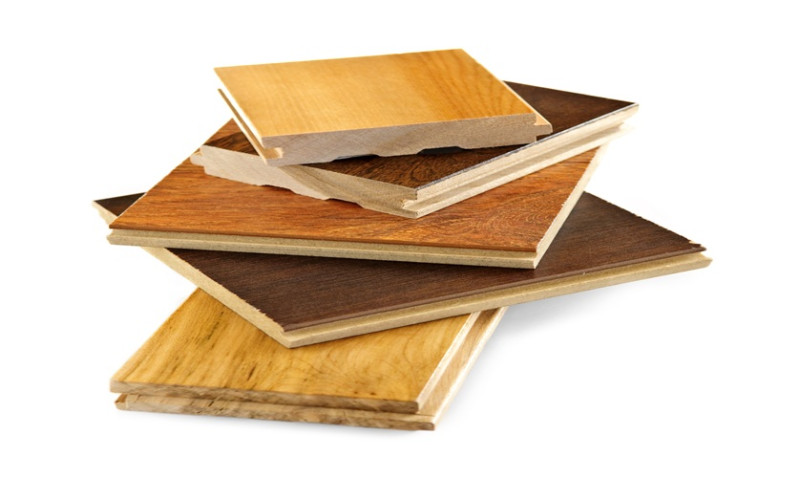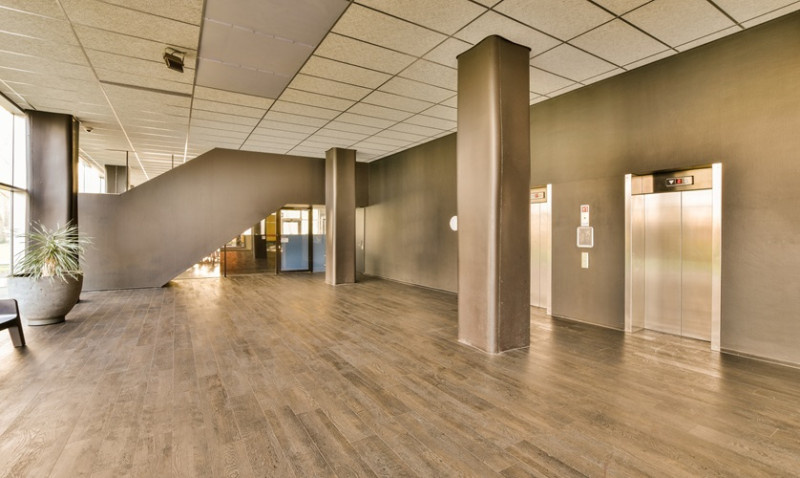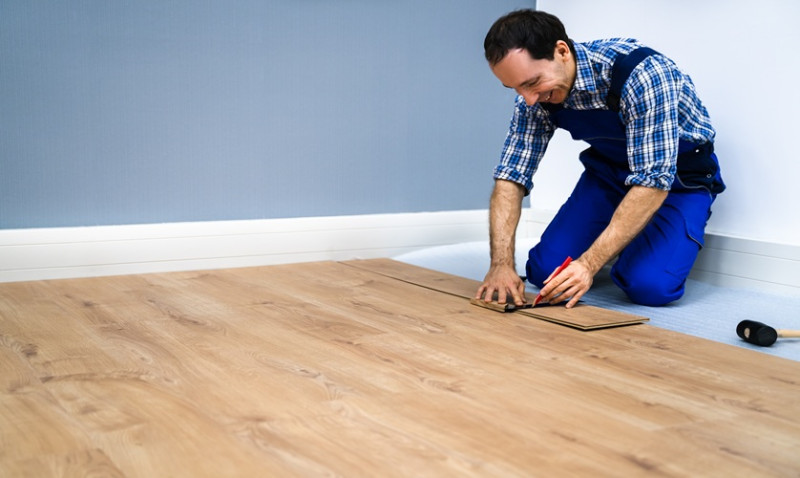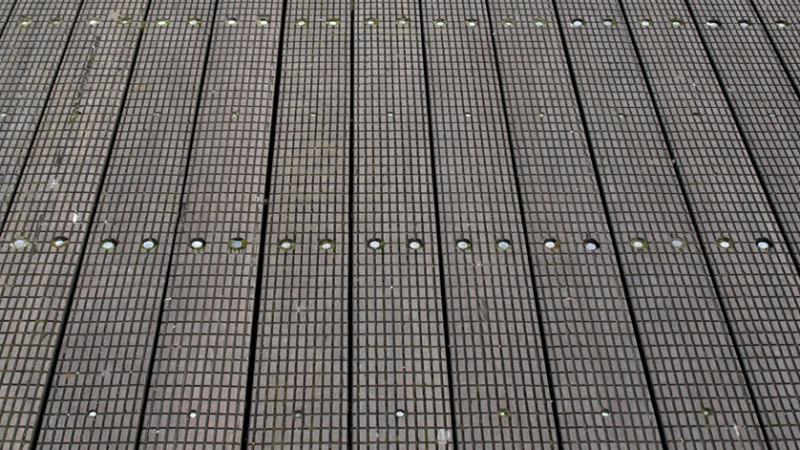
When it comes to refinishing or installing a hardwood floor, the finish you choose can dramatically impact the durability, appearance, and maintenance requirements of your flooring. One of the most common decisions homeowners, designers, and tradespeople face is whether to opt for an oil-based or water-based hardwood flooring finish. Both have their strengths and drawbacks, so understanding their differences is essential to making the right decision for your space.
Whether you’re a DIY enthusiast taking on your first restoration project, a professional tradesman delivering top-tier results for your client, or an interior designer carefully interpreting a client’s vision — this guide will help demystify the choice between oil-based and water-based finishes. Let’s walk through the pros, cons and key differences in detail to help you decide which finish works best for your project.
Appearance and Colour
The first thing many people consider in a flooring finish is the overall look. Oil-based finishes tend to impart a warm, amber hue to the floor, which deepens over time into a rich golden tone. This type of finish enhances the natural character of wood, bringing out visible grains and patterns — ideal if you’re aiming for a rustic or traditional look.
Water-based finishes, on the other hand, tend to have a clear finish that preserves the original colour of the wood. They’re perfect for modern interiors where natural, neutral, or cooler tones are preferred. These finishes don’t yellow over time, making them a popular choice for design-savvy professionals seeking a minimalist or Scandinavian-inspired aesthetic.
If your room has lots of natural light, it’s worth considering the long-term effects of sunlight on oil-based finishes, which tend to darken faster than water-based ones. For newly built spaces or when preserving the raw look of pale woods like ash or maple, a water-based finish will keep that fresh-cut appearance for longer.
Choosing between the two really boils down to your design goals — warmth and richness versus clarity and contemporary tones.
Durability and Wear
Durability is critical for any flooring, especially in high-traffic areas like hallways, kitchens, or commercial spaces. Oil-based finishes have long been praised for their toughness and resilience. They take longer to cure, which leads to a thicker, harder protective layer. This makes them a great option for families with pets or in properties with a lot of foot traffic.
While water-based finishes have a thinner consistency, modern technological advances have significantly improved their durability. High-quality water-based polyurethane finishes are now used even in sports arenas and commercial environments. Products that include aluminium oxide or ceramic particles are especially robust, offering excellent scratch resistance.
One of the most important considerations for tradesmen and professionals is maintenance and repair. Oil-based finishes tend to show wear more gracefully over time and can often be spot-repaired. However, water-based finishes may show scratches and dull patches more quickly, requiring more comprehensive recoating for repair.
Ultimately, both types offer impressive durability — but oil-based finishes may still have a slight edge in high-wear environments if long-term maintenance is a major factor.
Drying and Curing Time
Time is money, especially for trades professionals and busy homeowners. One of the biggest advantages of water-based finishes is quick drying. Typically, water-based polyurethane becomes dry to the touch in just a few hours and can be recoated after four to six hours. In general, floors can be walked on the next day with light footwear, and furniture moved in within 2–3 days.
Oil-based finishes are much slower in comparison. They may take 8–12 hours to dry between coats, with full cure times stretching up to 7–14 days. This means longer downtime, which can seriously impact schedules for renovations or commercial spaces needing quick turnaround.
For DIYers, a shorter drying time means reduced disruption and the ability to finish a project over a weekend. For designers and builders on a strict deadline, water-based finishes are often the more practical choice due to faster job completion.
However, when time isn't a pressing concern and you're after depth of finish and character, the longer wait for oil-based curing might be worth it.
Environmental Impact and Safety
Environmental considerations are playing an increasingly important role in product selection for both consumers and professionals in the UK. Water-based finishes are the eco-friendlier option, containing lower levels of VOCs (volatile organic compounds) compared to oil-based alternatives.
VOCs in oil-based finishes can release harmful fumes during application and drying, requiring better ventilation and potentially posing health risks, especially in enclosed spaces. Tradesmen often have to wear respirators and vacate living spaces for oil-finished jobs.
Water-based finishes generate fewer odours and fumes, making them safer for indoor air quality and quicker to return to occupancy. They're ideal for projects where clients are sensitive to chemicals, including families with young children or allergy sufferers.
Many water-based finishes are Greenguard Gold Certified or meet EU Ecolabel standards, aligning with the UK's push toward greener construction practices.
Maintenance and Longevity
When it comes to caring for your hardwood floors, both oil- and water-based finishes require regular cleaning — typically sweeping and damp mopping with manufacturer-approved products. However, maintenance routines can vary significantly.
Oil-based finishes tend to build up a thicker protective film, which offers better shielding against moisture and stains. While they may show dulling over time, a simple application of oil or polishing agent can often restore the shine without needing a full refinish.
Water-based finishes, while hard and durable, may be more sensitive to scratches and surfacewear. Over time, these may require reapplication or buffing more often to maintain their appearance, especially in commercial or high-use environments. Still, their advantage lies in ease of recoating due to their faster drying time.
If you’re a homeowner looking for a floor that ages gracefully with minimum intervention, oil might be favourable. But if you’re a commercial architect prioritising fast turnover and straightforward upkeep, water-based finishes have clear advantages.
Cost Comparison
Budget is always a key factor in any renovation or construction project. Oil-based finishes are generally less expensive in terms of product cost per litre. However, they may require fewer coats due to their thicker consistency, which can reduce application time.
Water-based finishes tend to be more expensive per litre and often require more coats to achieve the desired level of protection. However, the savings on labour and time due to faster drying can offset this higher material cost.
Let’s take a look at a quick cost comparison:
| Feature | Oil-Based Finish | Water-Based Finish |
|---|---|---|
| Product Cost (per litre) | £20–£30 | £30–£40 |
| No. of Coats Required | 2–3 | 3–4 |
| Labour/Drying Time | Slower (7–14 days cure) | Faster (2–3 days cure) |
| Ventilation Requirements | High (strong fumes) | Low (low odour) |
While oil-based is initially cheaper, water-based can offer overall cost savings through reduced downtime and less disruption — a critical consideration for professionals managing tight schedules.
So, Which Should You Choose?
There’s no one-size-fits-all answer when it comes to choosing between oil-based and water-based hardwood floor finishes. Both options have unique advantages, and the decision ultimately depends on your specific priorities: the style you want to achieve, how fast you want the job done, environmental concerns, and long-term maintenance expectations.
If you prefer a traditional and warm aesthetic, don’t mind waiting a bit longer for curing, and appreciate a finish that develops rich character over time, oil-based might be your best bet.
Conversely, if you need a quicker turnaround, are working in a modern space, or prioritise low odours and easy clean-up, a high-quality water-based finish could be the perfect solution.
Architects, designers, and professional tradespeople in the UK are increasingly leaning towards water-based finishes for both residential and commercial projects, due to sustainability regulations and faster project timelines. However, seasoned craftsmen and restoration experts often remain loyal to the enduring charm and tactile beauty of an oil-based floor.
Whatever you choose, ensure you use reputable brands, apply the product in optimal conditions, and adhere to manufacturer guidelines for best results. Your hardwood floors are a long-term investment — give them the finish they deserve.






